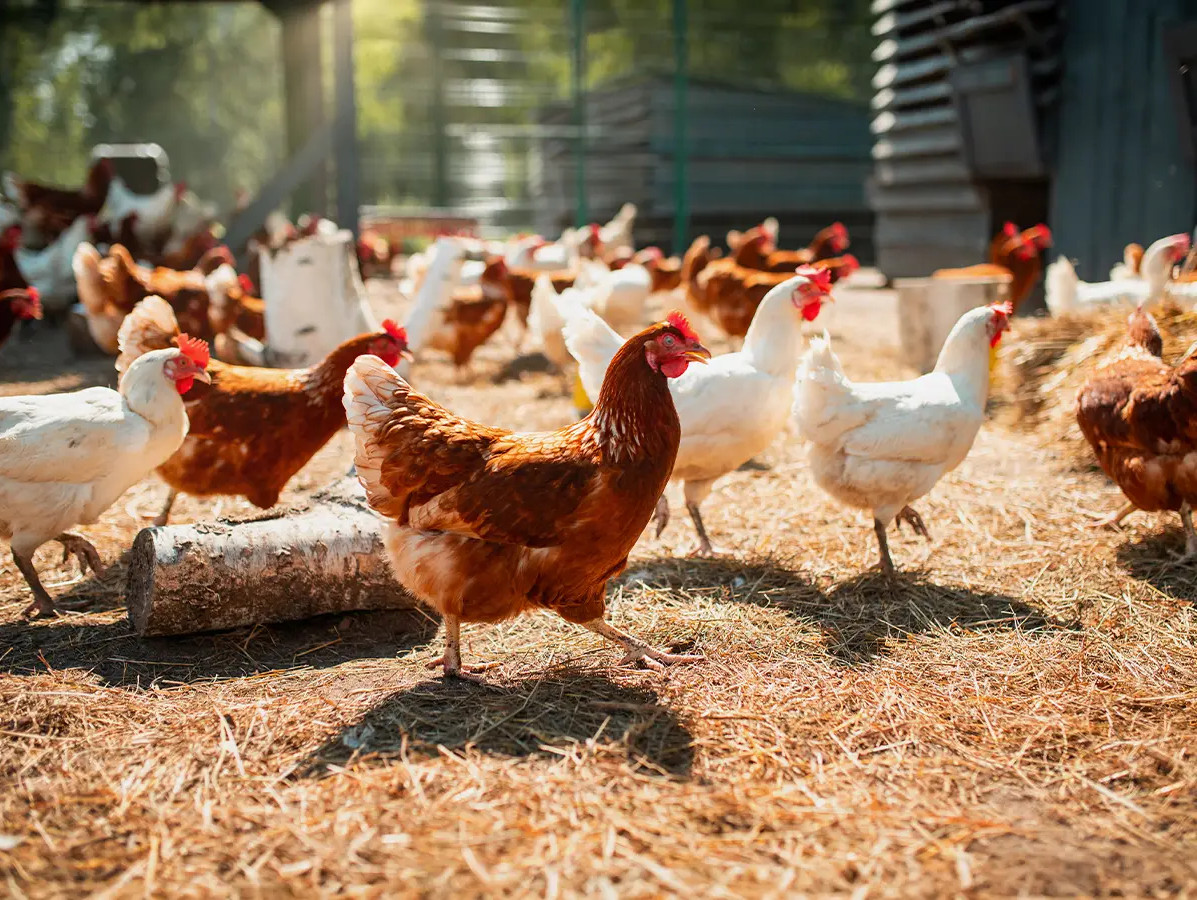
Chicken prices are on the rise, production is stalling, yet demand remains remarkably strong. Across Europe—and especially in the Netherlands—the poultry sector is benefiting from an exceptionally tight market. The main drivers? Avian flu outbreaks, a shortage of hatching eggs, and geopolitical tensions. Supply pressure is expected to persist, while consumers remain surprisingly loyal to chicken.
Central and Eastern European countries have been hit hardest by avian flu, leading to significant drops in duck and turkey production. In Poland, Europe’s largest chicken exporter, production even came to a temporary halt. Recovery didn’t begin until May. In the first quarter, European chicken production grew by just 1.5%, compared to nearly 5% last year. The Netherlands still saw an increase: +2.2% in Q1.
The availability of hatching eggs has become a critical bottleneck. Many breeding farms were affected by the outbreaks, driving up prices. Export restrictions on Brazilian poultry have further limited alternatives. As a result, market tightness is expected to continue through the end of 2025.
Despite an 11% price increase, chicken consumption has remained stable. That’s not the case for other meat: red meat consumption dropped by 8%, and meat alternatives fell by 5%. Demand is shifting towards processed chicken, snacks, and ready meals. In Germany, chicken sales even rose by 3% in the first quarter, despite higher prices.
Exports of unprocessed chicken increased slightly, while processed exports declined further. Competition from Eastern Europe and Asia continues to squeeze that segment. Still, opportunities remain in the Chinese market—provided the Netherlands is recognized as free of avian flu.
Feed prices have stabilized, partly thanks to better global availability of raw materials. Even so, there are risks. New US import tariffs on soy and corn are looming. The temporary delay until August offers some breathing room, but uncertainty persists. Brazil may stand to gain, though its stock levels remain under pressure.
For now, the fundamentals for the poultry sector remain favorable: global feed supply appears stable, and demand for chicken remains strong—despite everything.
Source: Rabobank